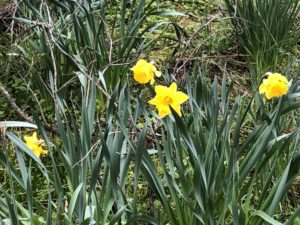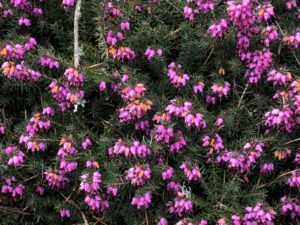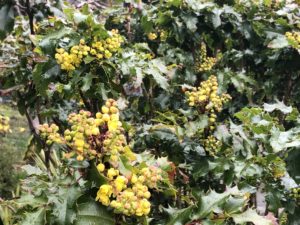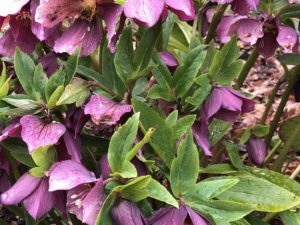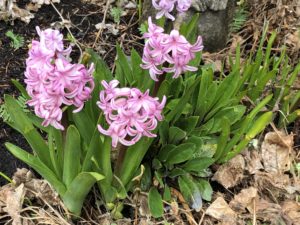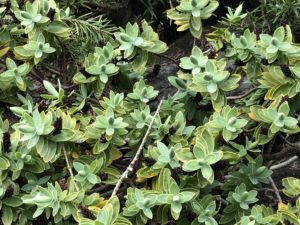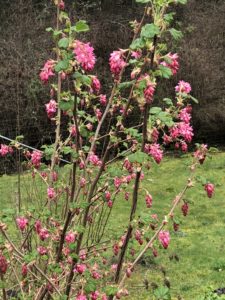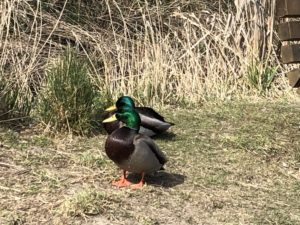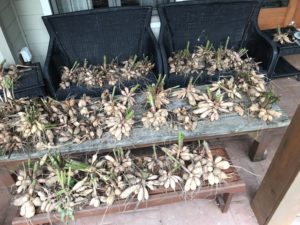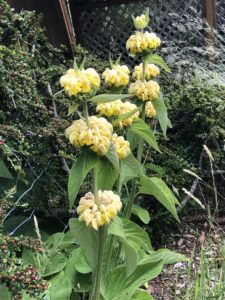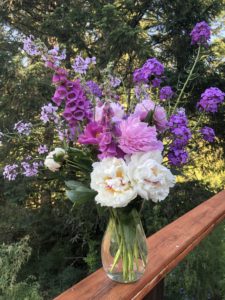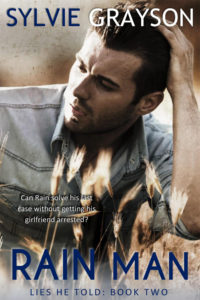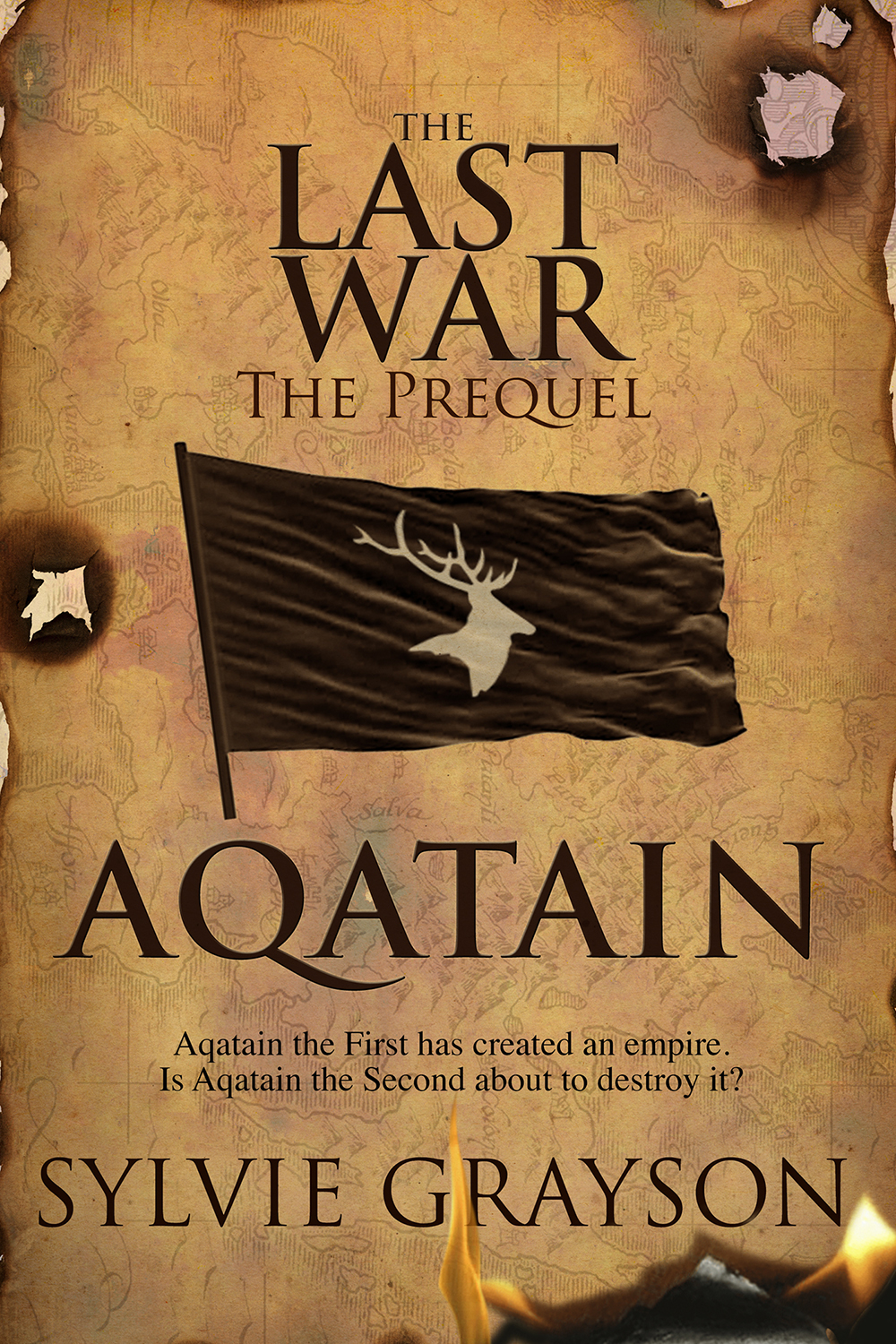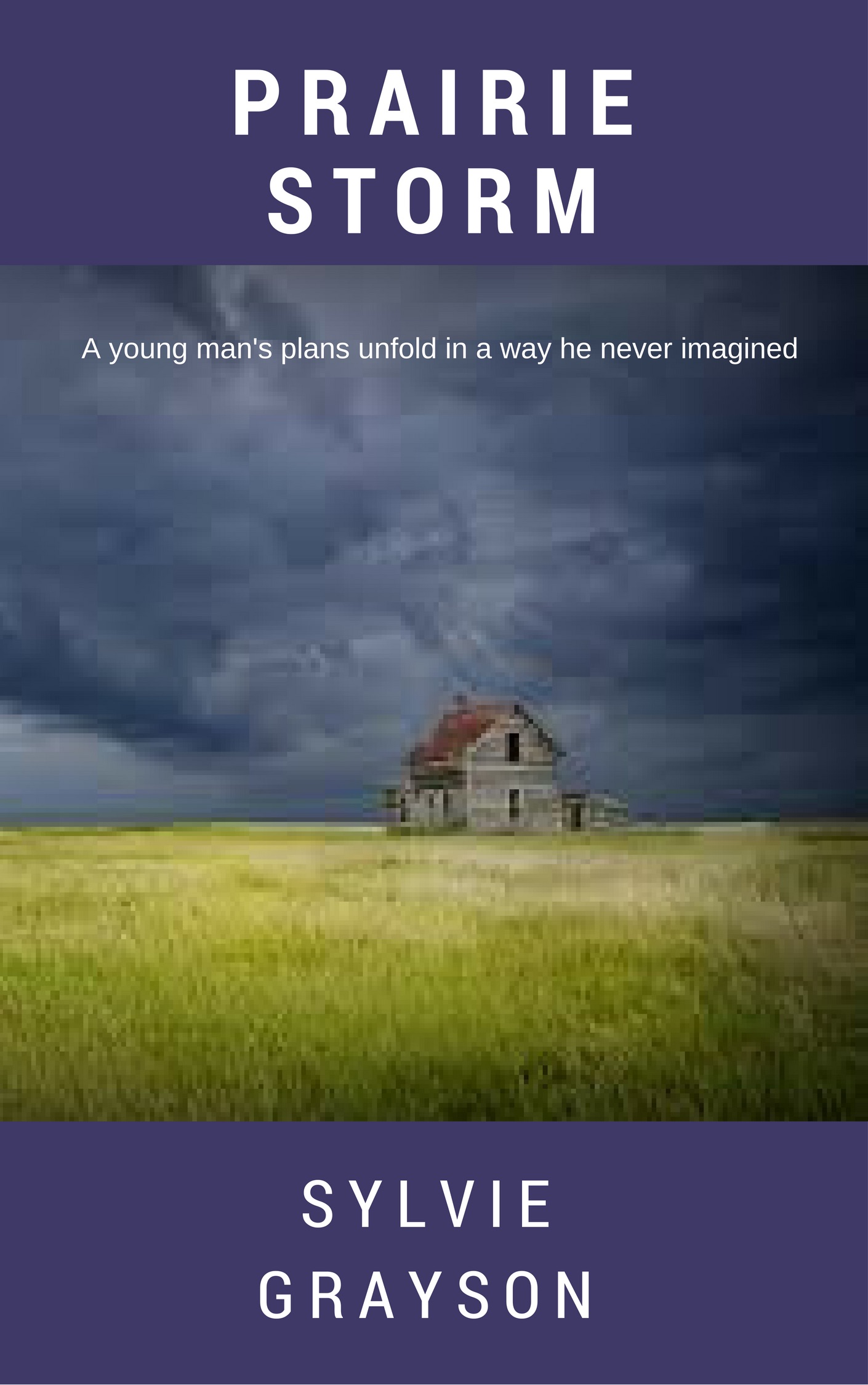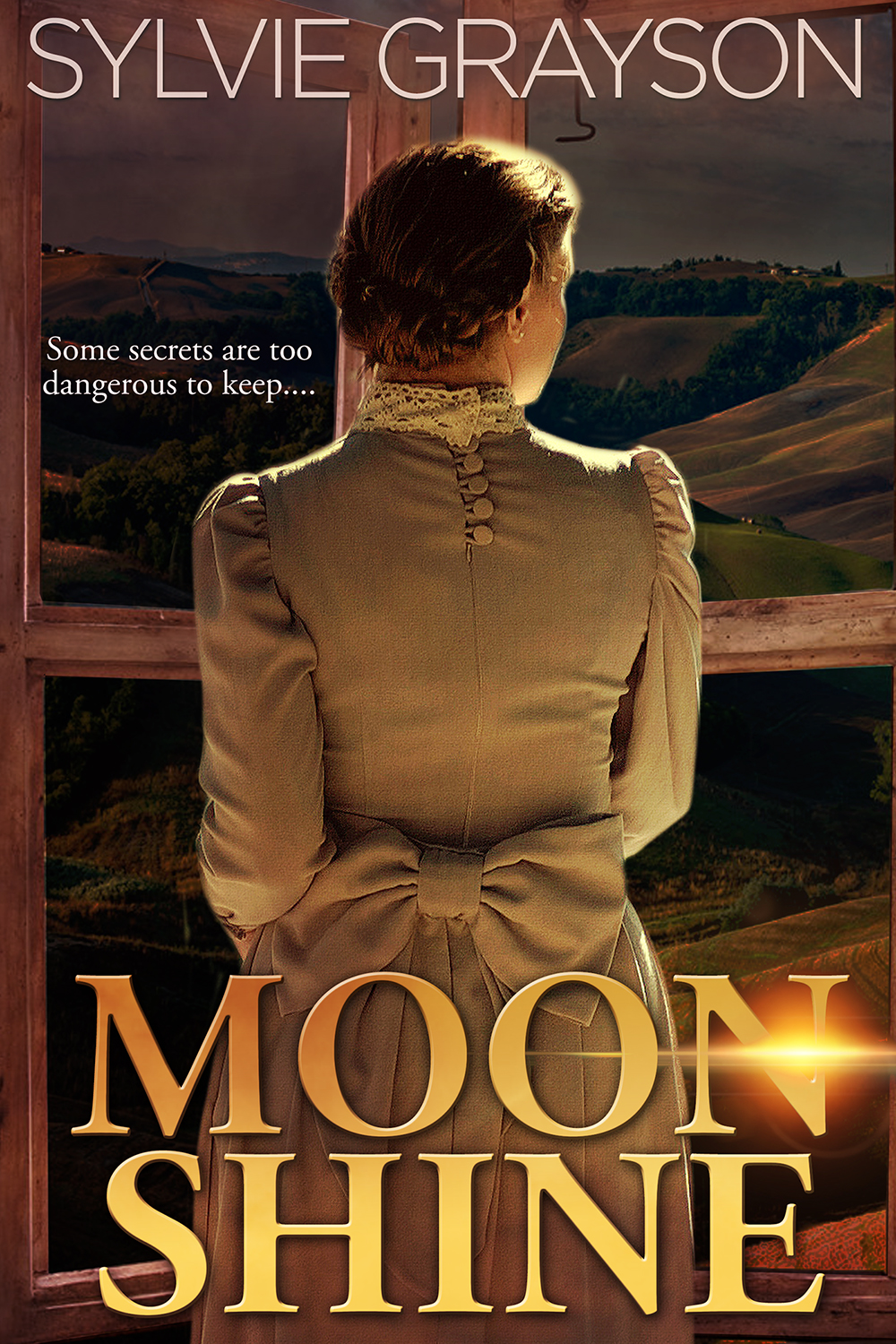Well, I’m back. My website was hacked a month ago, and it is finally functional again. I was afraid everything would be lost, but apparently not. Thank you to the people who managed to scrub it clean and make it work again. Hello to my readers. I have missed being in touch with you.
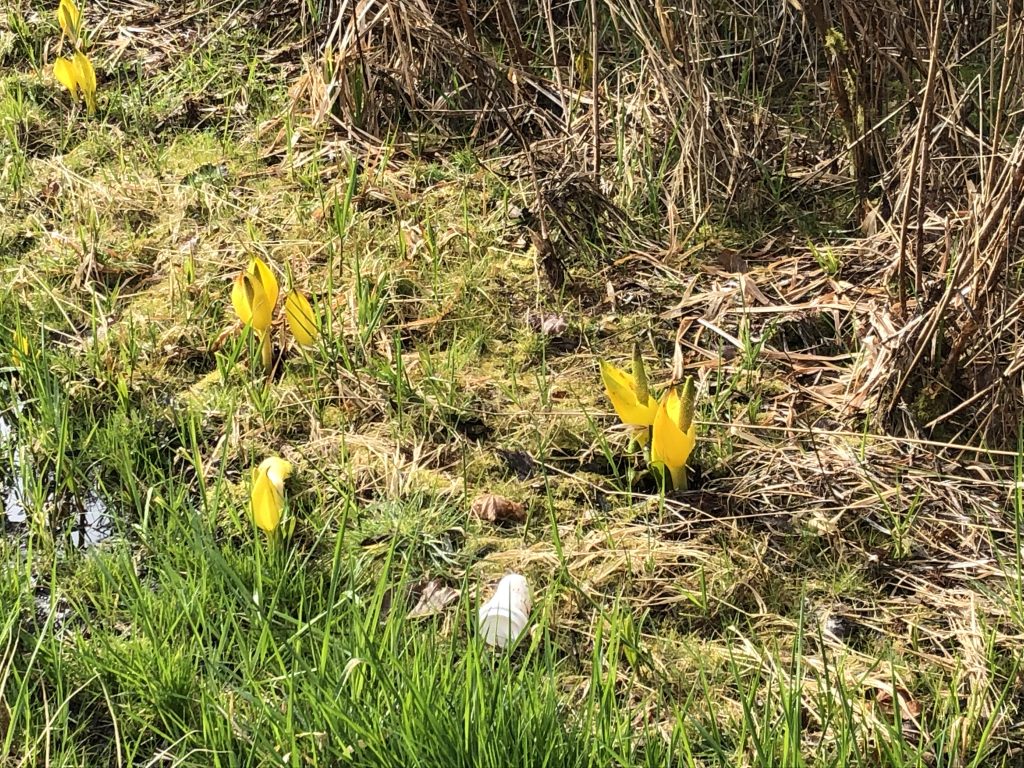
These are junior skunk cabbages, also known as Yellow Arum, just coming out of the ground. They grow in the ditches and hedges all around on Vancouver Island and are related to a similar plant in Asia. Below are the more mature plants, taken about 10 days later. I took these pictures while out on my bike rides, something I was able to do while social distancing. 🙂
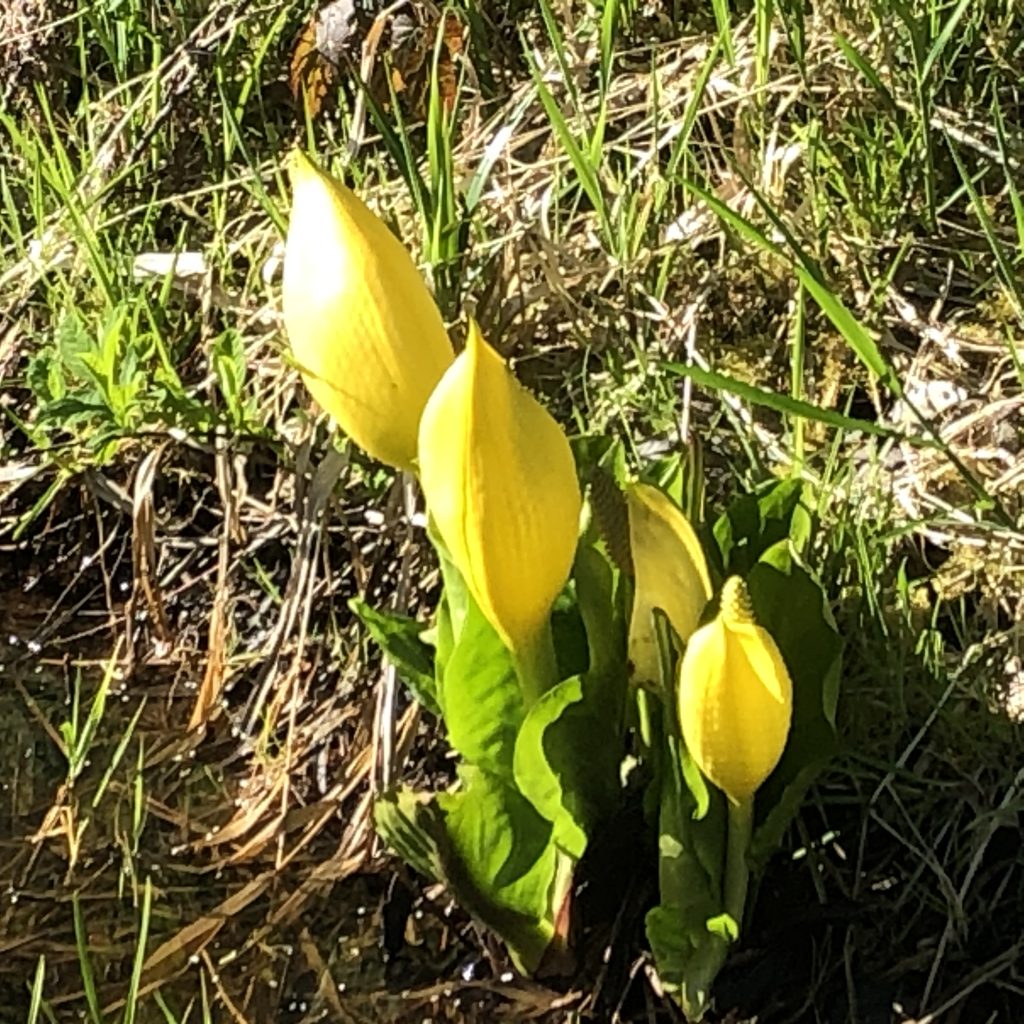
See how big they are? They grow fast once spring hits. Do they have a scent? Oh, yes, they do. Thus the name – skunk cabbage.
How have you all been? Safe and healthy, I hope. I have managed a bit of writing, but very much miss my get-togethers with my writing groups, as well as being able to post updates here. Hopefully, things will be back to normal soon–the new normal–whatever that is going to look like.
Stay well, hang in there, Best wishes, Sylvie



